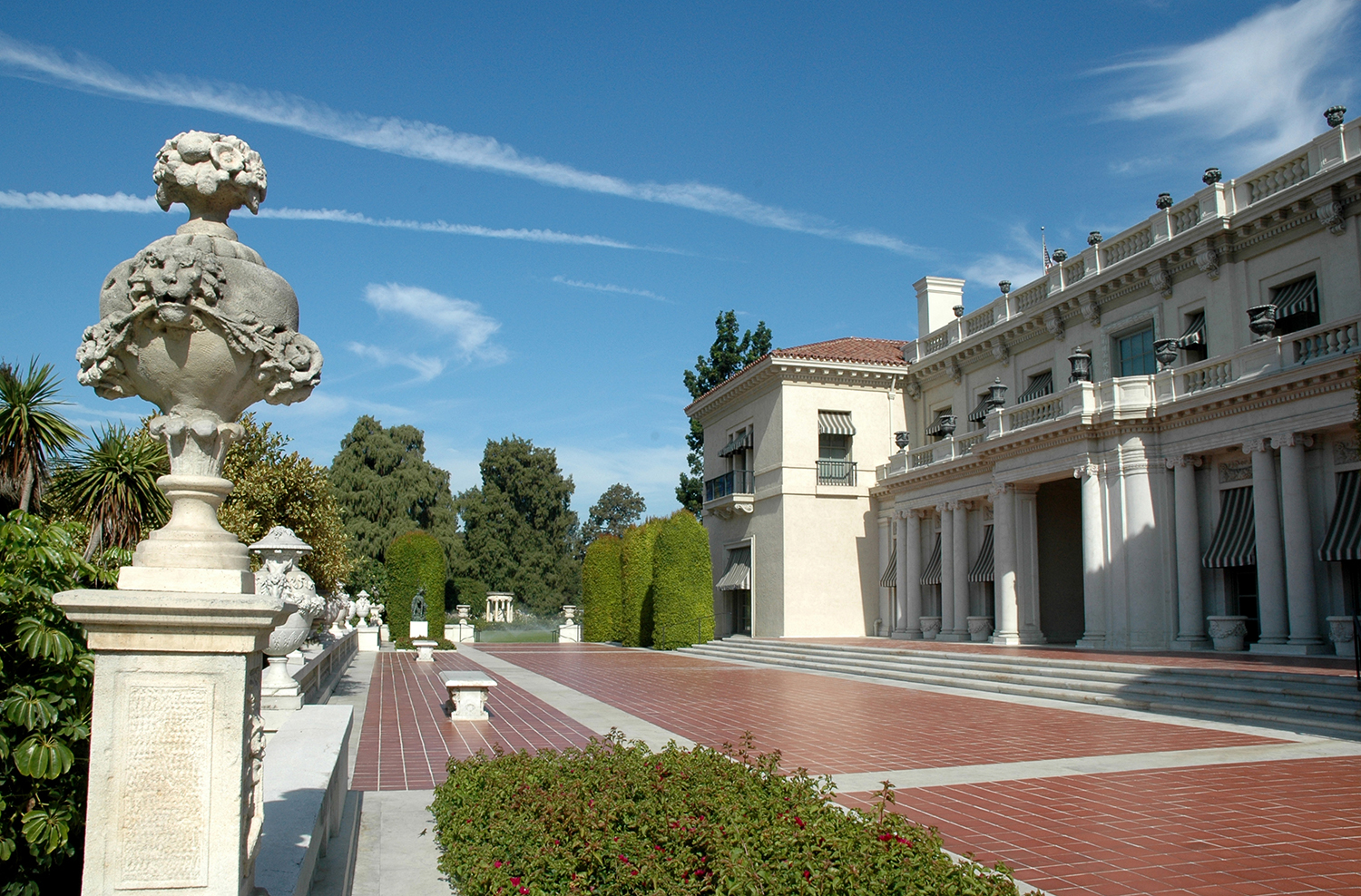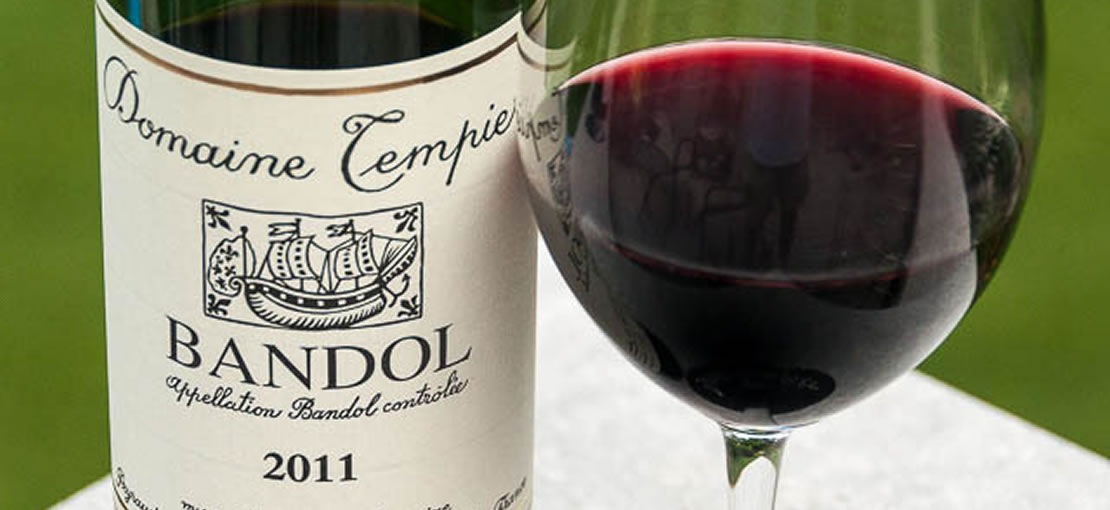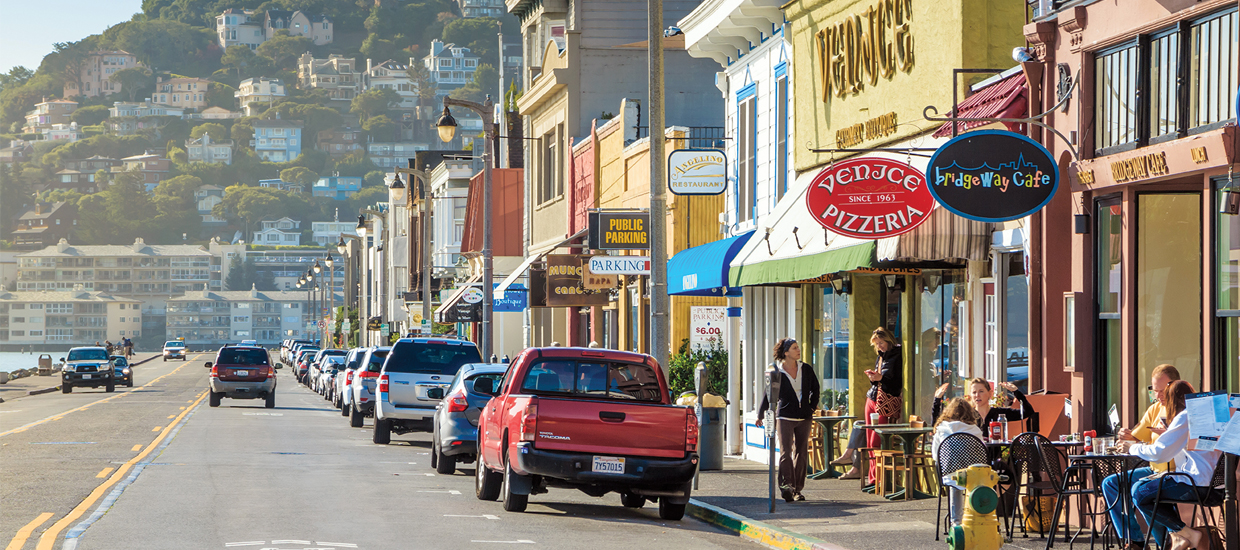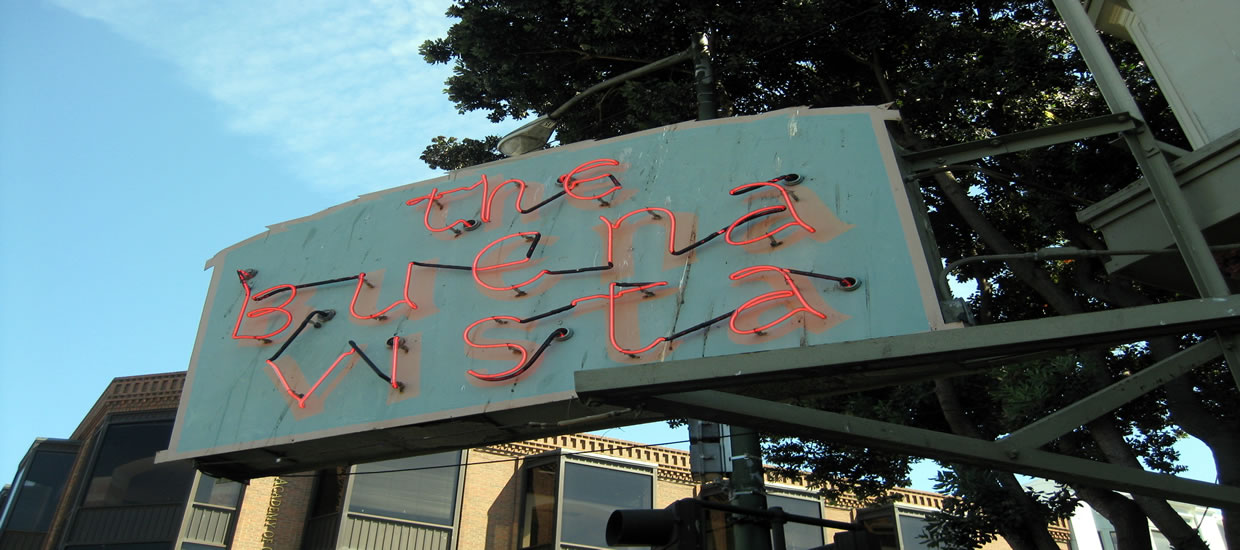“The art scene in Los Angeles, particularly the contemporary art scene, is characterized by freedom and innovation, which has been made possible by Los Angeles’ distance from the traditions of the East Coast and Europe,” explains John Giurini, assistant director for public affairs at the J. Paul Getty Museum.
Most cities are lucky to boast one world-class art museum. But in the Getty, Norton Simon Museum, The Huntington Library, Museum of Contemporary Art and Los Angeles County Museum of Art, the region flaunts no less than five iconic art collections. Throw in the commercial galleries and auction houses of Beverly Hills, Culver City and Gallery Row in downtown LA, the nouveau Arts District, plus a budding bohemian arts scene in places like Silver Lake, Los Feliz and Highland Park, and you’ve got all the makings of an art oasis equal—if not superior—to just about anywhere else on the planet.
The Huntington Library
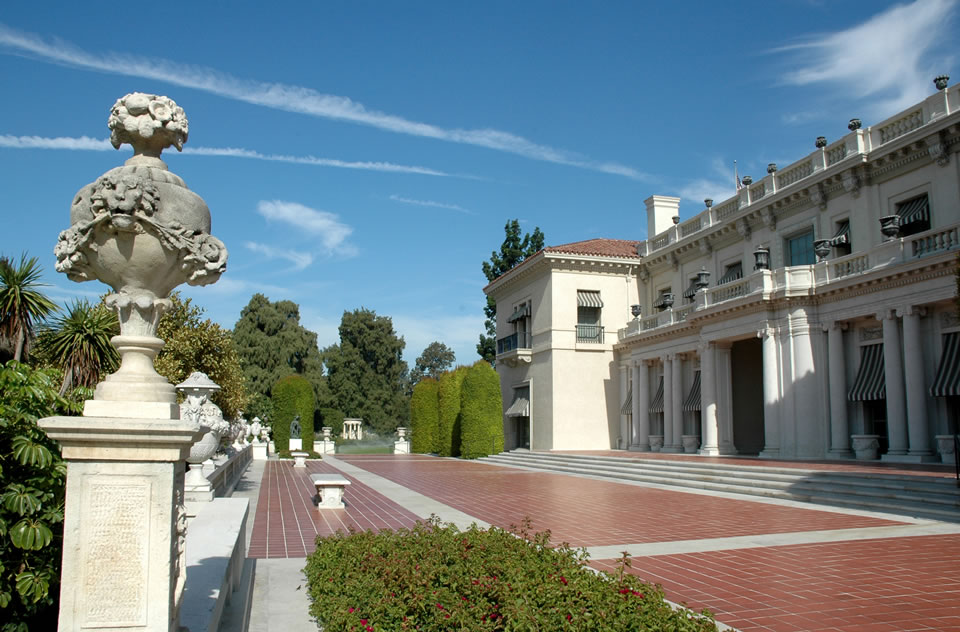
LA’s rise to the top of the art world traces back to a handful of local movers and shakers, all of them immensely wealthy, although they each earned their fortunes via different means.
Henry E. Huntington got rich by expediting the movement of passengers and cargo along steel tracks. He went into business with his uncle, Collis P. Huntington—one of America’s “Big Four” railroad tycoons—when he was 21 years old and worked diligently in the industry for decades.
Around the age of 60, Henry decided to invest a good deal of his fortune in art. Between 1910 and his death in 1927, Huntington acquired more than $50 million in European paintings, antique maps and rare books. His collection was especially rich in British masters and among the purchases were famous paintings like Thomas Gainsborough’s “The Blue Boy” and Thomas Lawrence’s “Pinkie,” as well as a Gutenberg Bible, a 15th-century Ellesmere Chaucer manuscript and original handwritten works by a host of famous authors.
Huntington’s will stipulated that his treasures be available for everyone to view, and shortly after his death, The Huntington Library in San Marino opened to the public.
The Getty Center
Around the same time that Huntington was building his art collection, a young Californian by the name of J. Paul Getty was making money hand over fist in the oil business. By the 1930s, he was avidly collecting art. Getty’s taste was nothing if not eclectic and he spent millions amassing a broad gamut of cultural keepsakes, from Greek and Roman sculptures to tapestries, furniture, chandeliers, illuminated manuscripts and Persian carpets. He even wrote a book about his hobby titled “The Joys of Collecting,” published in 1965.
The bulk of Getty’s artworks were shipped to his sprawling seaside ranch in Malibu. In the early 1970s, he put many of them on display to the public at a new museum modeled after the Roman-era Villa of the Papyri in Herculaneum. As The New York Times pointed out in 1976, the structure may have looked out of place among the modern mansions of Malibu, but Getty’s collection “delighted the public, which clamored for tickets of admission.”
Despite his reputation for being a miser—at one of his homes, Getty reportedly insisted that guests use a coin-operated telephone—he bequeathed billions to the trust that would manage his collections after his death in 1976. The world’s richest art endowment spent part of that money to create a much larger home for all of that art—an incredible ultramodern museum called The Getty Center that hovers on a hilltop above Brentwood and West Los Angeles.
“Independent from the traditional art markets, Los Angeles museums developed a reputation over the years of taking risks and presenting exhibitions that might not happen elsewhere,” Giurini says of the Getty. “We have also been known to look east to Asia and south to Latin America for influence, and have drawn inspiration from the new technologies that have been a part of Southern California’s rapid growth.”
Norton Simon Museum
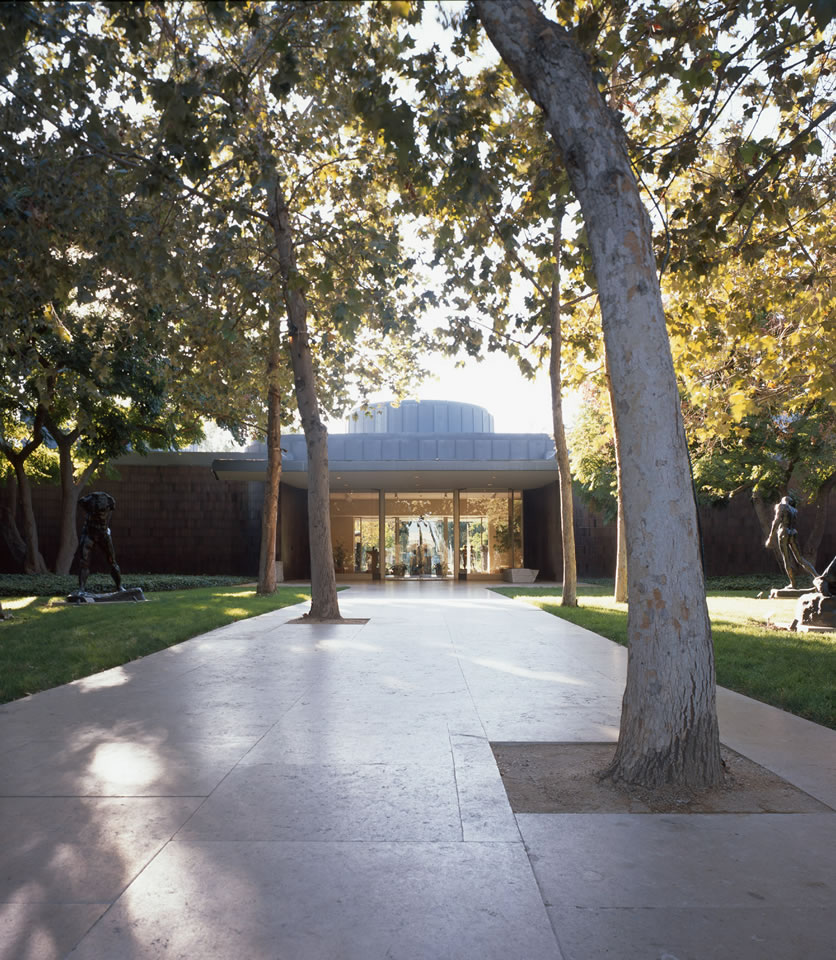
Oregon-born Norton Simon made his money in fruits, vegetables and other foods. But unlike Huntington and Getty, he managed to keep a low public profile and amass a sizable collection of important paintings and sculptures without anyone outside the art world really taking notice.
By the 1970s, he had more than 4,000 objects in his possession, some of which Simon loaned to museums around the world. But when the financially struggling Pasadena Museum of Modern Art approached him with an offer to become the institution’s primary patron, Simon jumped at the chance to display his most important works under one roof.
In return for assuming the museum’s financial obligations, Simon was given both the management and naming rights. Thus the Norton Simon Museum was born, an amalgamation of an existing collection that largely revolved around 20th-century paintings (Wassily Kandinsky, Roy Lichtenstein, Ed Ruscha, Frank Stella and Andy Warhol) and the food magnate’s wide-ranging works.
Nowadays, the museum is renowned for its world-class Asian art and European collections that span the 14th through 19th centuries, including what many consider the most important assemblage of Rembrandt portraits in the Western Hemisphere. Among its treasures are works by Raphael, El Greco, van Gogh, Renoir and Picasso—a veritable who’s who of great masters over the past 500 years.
Los Angeles County Museum of Art
Before his own museum came into being, Simon was actively involved (as a founding trustee) in creating the Los Angeles County Museum of Art (LACMA). Unveiled in 1965 in a stunning postmodern campus on Wilshire Boulevard, it’s the single largest art museum in the western United States and one of the largest in the world.
LACMA’s assortment of more than 120,000 objects spans nearly the entire history of art from ancient artifacts to modern masters—and just about every corner of the world. Among its many fortes are Asian, Latin American and Islamic art.
Ironically, it’s another California tycoon—William Randolph Hearst—who posthumously became LACMA’s single greatest donor when much of his gargantuan art collection wound up at the museum after his death. And the museum is renowned for pushing the outer edge of the art envelope with special exhibits like last year’s “Fútbol: The Beautiful Game” and the popular Tim Burton retrospective from 2011. This spring, LACMA debuted an exhibition in honor of its 50th anniversary, displaying gifts made to the museum.
Museum of Contemporary Art
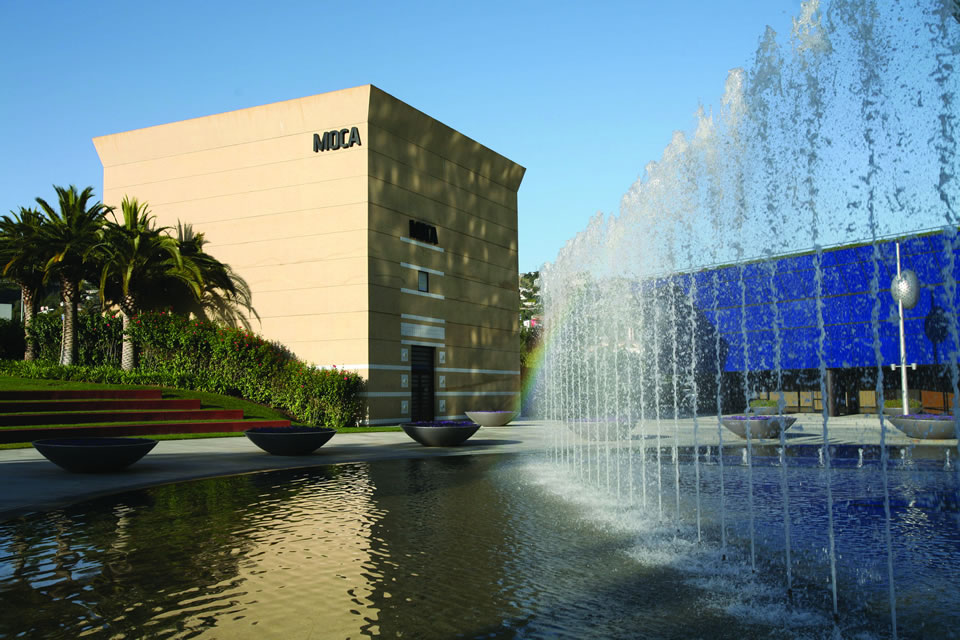
The region’s fifth world-class museum sprawls across three separate locations and a collection that was also largely fueled by a local billionaire and his “hobby.” The Museum of Contemporary Art (MOCA) is also the youngest of the five, founded in 1979, and currently the city’s only museum devoted to modern (post-1940) painting, sculpture and other mediums.
MOCA’s exuberant, edgy and sometimes baffling works are housed at the main facility on Grand Avenue in downtown Los Angeles, as well as MOCA Pacific Design Center in West Hollywood and The Geffen Contemporary at MOCA in Little Tokyo. The latter derives its name from David Geffen, the music mogul and movie producer who owns what most experts deem the world’s most valuable private art collection (worth an estimated $2.3 billion in 2014, according to Wealth-X research).
MOCA has forged partnerships with other artistic bastions, in particular Sotheby’s, which recently organized an auction to raise $10 million for the museum endowment. The famed auctioneers have had a presence in LA since the late 1960s when the art world realized that people from the movie and music industries were also collectors with plenty of disposable income to spend on the odd Picasso or Warhol.
—Written by Joe Yogerst

